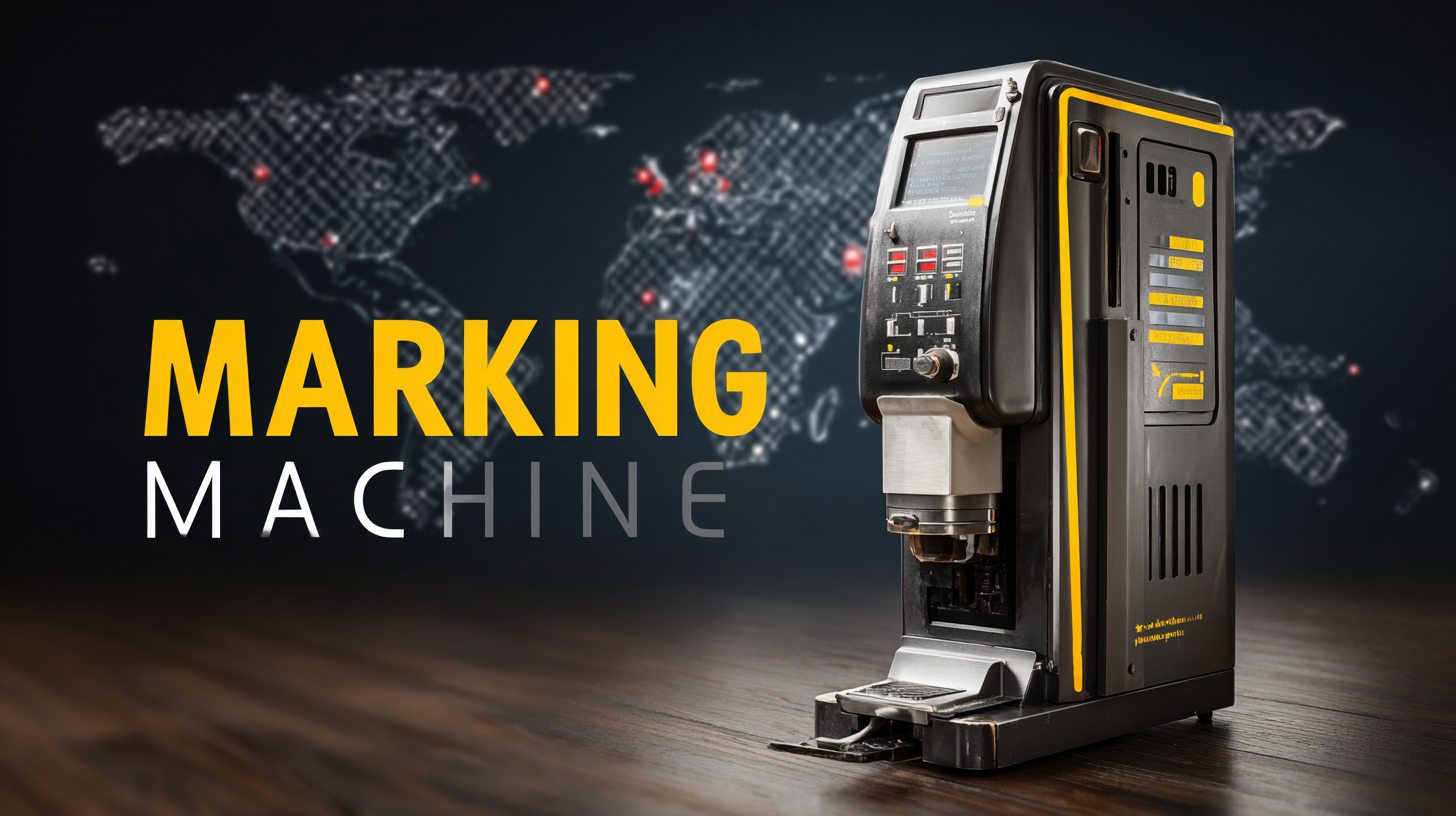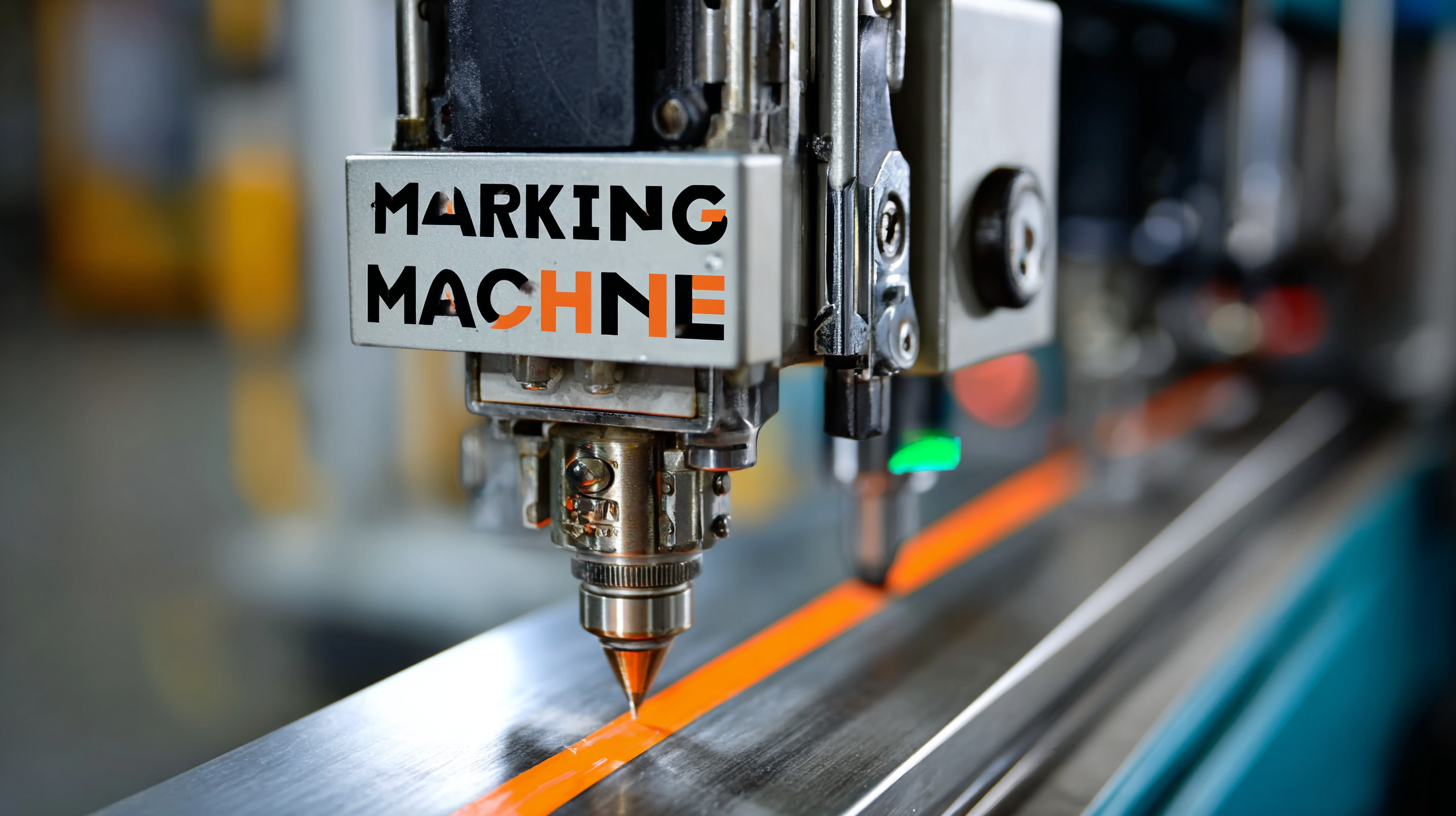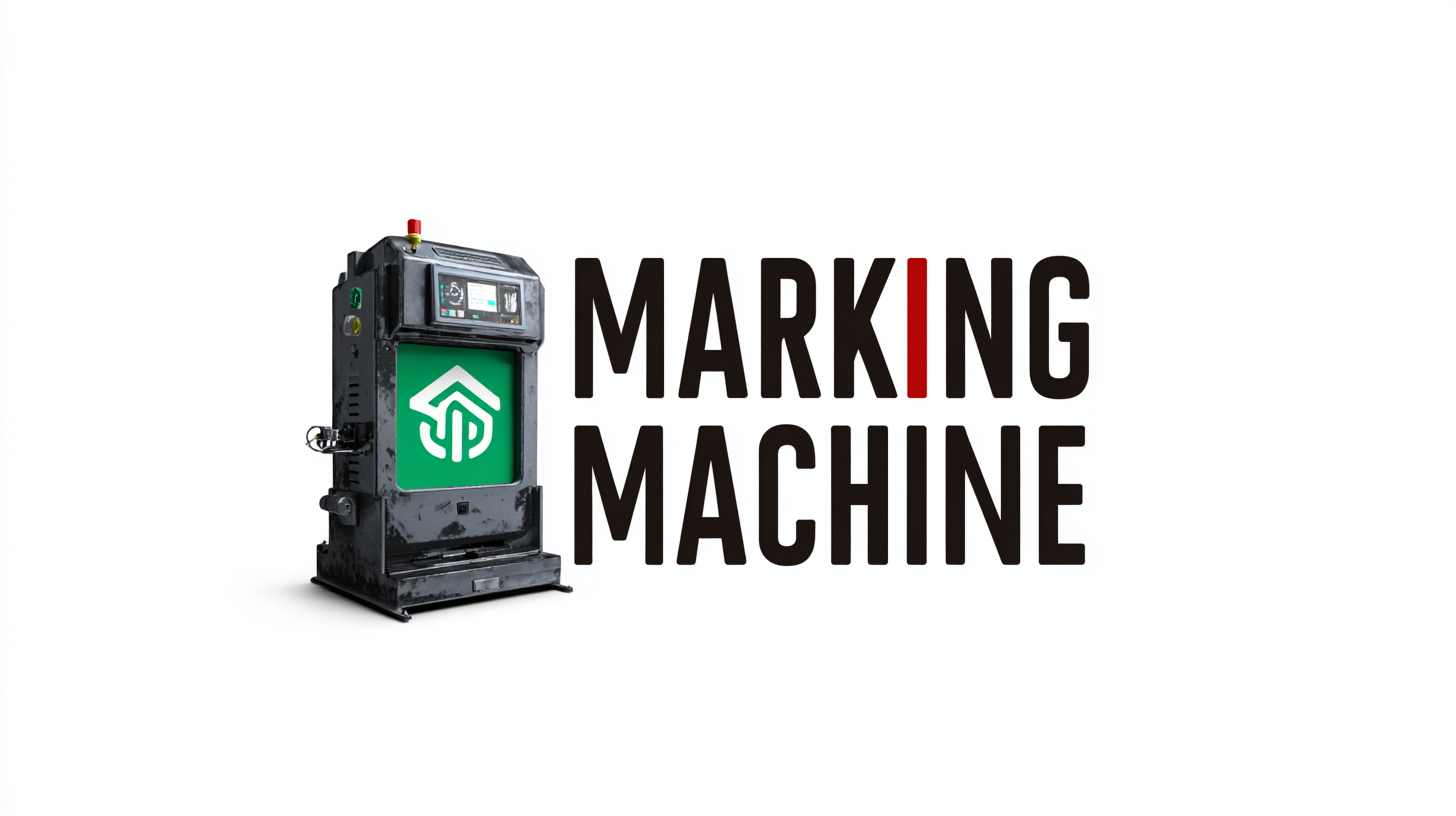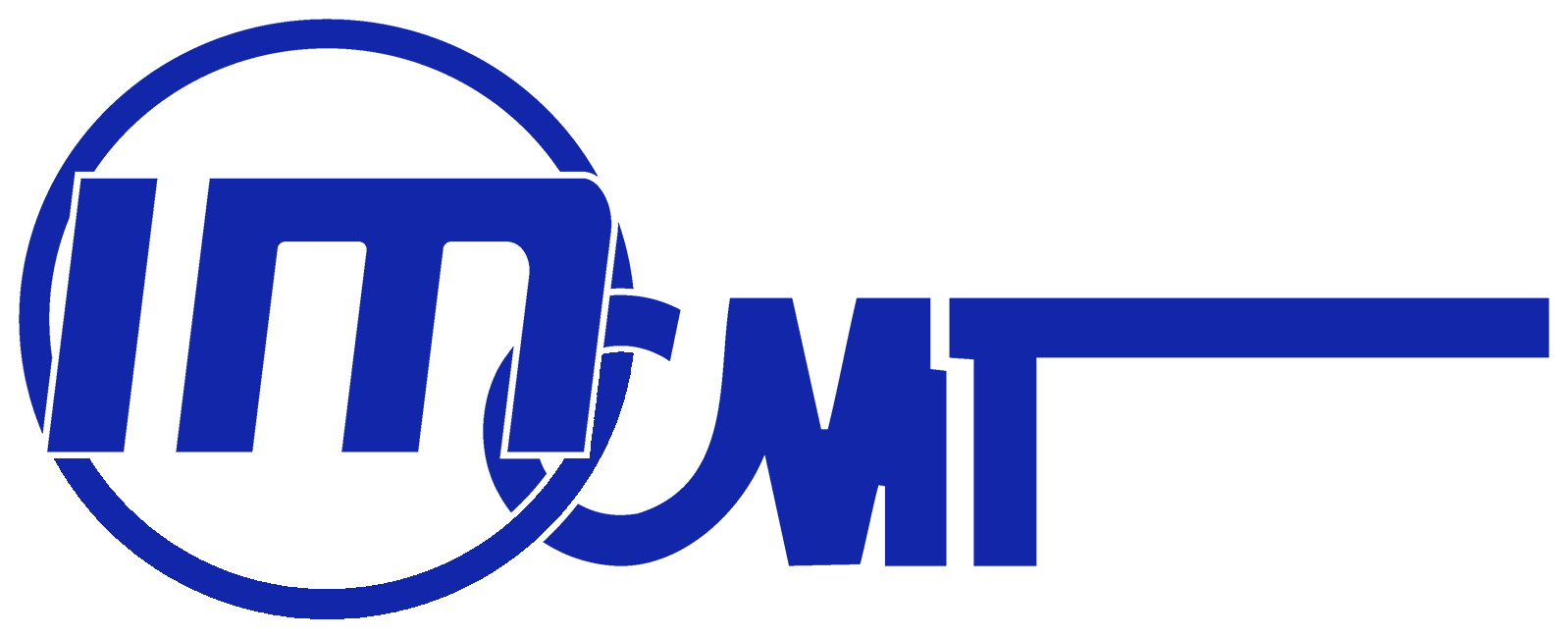How to Navigate the Global Marking Machine Market Trends for 2025 with Key Industry Insights
In the rapidly evolving landscape of manufacturing, the Marking Machine market is poised for significant transformation by 2025. According to a recent industry report, the global marking machine market is projected to reach USD 4.5 billion by 2025, growing at a CAGR of 5.9% from 2020 to 2025. This growth is driven by the increasing demand for accurate and efficient marking solutions across various sectors, including automotive, electronics, and packaging. As industries strive for enhanced traceability and compliance with stringent regulations, the adoption of advanced marking technologies such as laser and inkjet marking is on the rise. Navigating these emerging trends and understanding key industry insights will be crucial for stakeholders looking to capitalize on the burgeoning opportunities within the marking machine market.

Understanding the Current Landscape of the Global Marking Machine Market
The global marking machine market is undergoing significant transformation, driven by advancements in technology and increasing demands for precision and efficiency. As industries strive for more effective labeling and marking solutions, it’s essential to examine the current landscape. Key players in the market are innovating with automation and integrating artificial intelligence, which not only enhances the speed of operations but also reduces errors in product identification.
Furthermore, the rising trend of customization and personalization in manufacturing is shaping the types of marking machines available. Companies are seeking machinery that can handle variable data printing, allowing them to adapt quickly to changing consumer preferences and regulatory requirements. Additionally, sustainability is becoming a crucial consideration, with manufacturers opting for eco-friendly materials and practices in their production processes. Understanding these dynamics will empower businesses to make informed decisions and strategically position themselves within the market as they prepare for future growth in 2025.
Global Marking Machine Market Trends for 2025
Key Growth Drivers Shaping the Marking Machine Industry by 2025
The marking machine industry is poised for significant growth by 2025, driven by various key factors that are reshaping the landscape. One of the primary growth drivers is the increasing demand for product identification and traceability across various sectors, including manufacturing, food and beverage, and pharmaceuticals. As regulatory standards become stricter, companies are investing in advanced marking technologies to comply with these requirements, thus boosting the market for marking machines.
Additionally, the rise of automation in manufacturing processes is another crucial factor propelling the market forward. As industries seek to improve efficiency and reduce operational costs, automated marking solutions are becoming essential. These machines not only enhance productivity but also ensure consistent quality in marking applications. Innovations in technology, such as laser marking and printing solutions, are further enhancing capabilities and expanding the range of applications, making marking machines indispensable in modern production environments.
How to Navigate the Global Marking Machine Market Trends for 2025 with Key Industry Insights
| Market Segment | Market Size (USD Million) | Growth Rate (%) | Key Growth Drivers |
|---|---|---|---|
| Laser Marking Machines | 750 | 5.2 | Precision and Speed |
| Dot Peen Marking Machines | 350 | 4.5 | Cost-Effectiveness |
| Inkjet Marking Machines | 500 | 3.8 | Flexibility and Versatility |
| Electrochemical Marking Machines | 220 | 6.0 | Durability of Marks |
| Engraving Machines | 400 | 4.0 | High-Quality Output |
Emerging Technologies and Innovations Impacting Marking Machine Trends
The global laser marking machine market is on an impressive growth trajectory, with a valuation of $3.22 billion in 2024, projected to reach $3.38 billion in 2025 and soar to $6.01 billion by 2032. This growth is significantly influenced by emerging technologies and innovations, as companies leverage advancements to enhance marking precision, speed, and efficiency. Key trends shaping this market include the integration of generative AI, which will not only streamline operations but also enable customization capabilities that meet diverse consumer needs.
In the context of these trends, it's essential for businesses to stay informed about evolving technologies. For instance, as highlighted in the Deloitte Tech Trends report, AI is becoming a cornerstone in various sectors. Companies should consider investing in AI-driven solutions to optimize their manufacturing processes. Furthermore, staying updated with McKinsey’s Technology Trends Outlook indicates that understanding the effects of advanced technologies will be crucial for maintaining a competitive edge.

Tips:
1. Regularly assess new technology developments that can be applied to your marking processes.
2. Embrace AI tools that can automate tasks and improve accuracy while reducing turnaround times.
3. Foster collaborations with tech innovators to ensure access to the latest advancements in marking technology.
Regional Analysis: Opportunities and Challenges in Key Markets Worldwide
The global marketing machine market is on a trajectory that reflects significant regional dynamics, offering both opportunities and challenges for stakeholders worldwide. As we approach 2025, identifying key markets such as North America, Europe, and Asia-Pacific will be crucial. Each region presents unique market characteristics influenced by local economic conditions, technological advancements, and consumer behavior. For instance, the growth of digital marketing strategies in North America contrasts with the rapid adoption of mobile marketing in Asia-Pacific, where mobile penetration rates are escalating.

Moreover, understanding regional regulatory landscapes is essential for navigating these markets effectively. In Europe, stringent data protection laws like GDPR are shaping marketing practices and requiring businesses to adapt their strategies. Conversely, emerging markets in Latin America and Africa present untapped potential driven by increasing internet access and rising consumer spending. Businesses that can tailor their marketing approaches to these regional nuances will not only enhance their market share but also create a sustainable competitive advantage in the evolving global landscape.
Forecasting Market Size and Demand Dynamics for Marking Machines Through 2025
As we look ahead to 2025, understanding the dynamics of the marking machine market is crucial for industry stakeholders. The demand for innovative marking solutions is projected to grow significantly. According to recent analyses, the market for automatic tennis ball machines, estimated at $0.12 billion in 2022, is expected to reach $0.25 billion by 2030, showcasing a robust CAGR of 9.8% from 2024 to 2030. Similarly, the PCB vacuum laminator market demonstrates strong potential, with forecasts indicating growth from $1.5 billion in 2022 to $2.9 billion by 2030, a CAGR of 8.8%.
Tips: To navigate these trends effectively, consider investing in R&D for enhanced marking technologies that resonate with evolving consumer needs. Staying abreast of market analyses is vital - leveraging reports such as those from industry experts can provide invaluable insights into potential growth sectors.
The laser equipment industry also shows promising growth, transitioning from a market revenue of 65.8 billion yuan in 2019 to an expected 91 billion yuan by 2024. With over 43,000 related enterprises operational, the market competitiveness will likely drive innovation in marking technologies, highlighting the necessity for companies to adapt swiftly. Regular evaluations of emerging trends and competitor advancements can yield strategic advantages in this competitive landscape.
